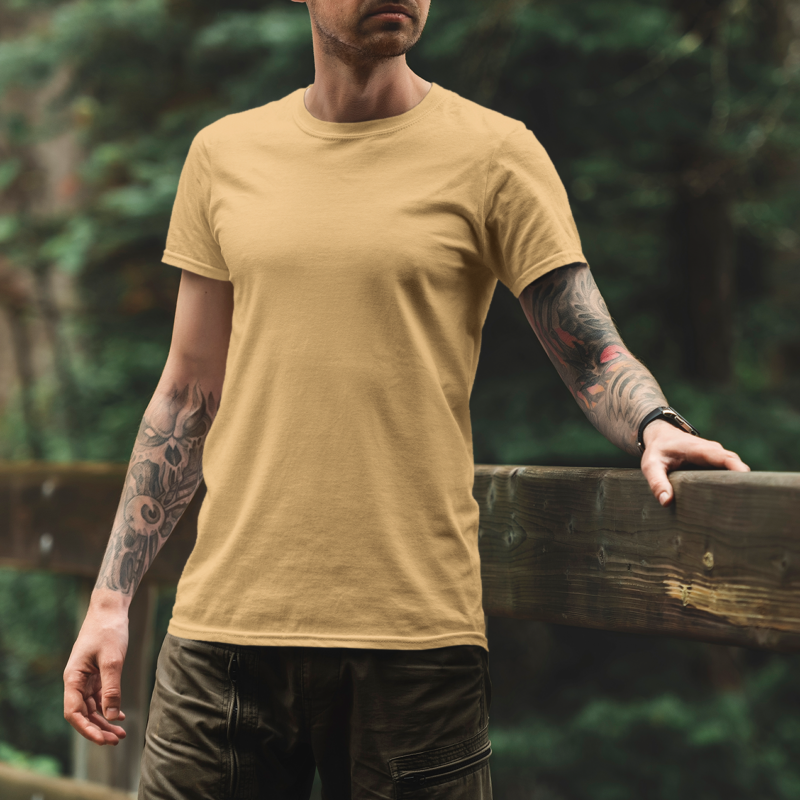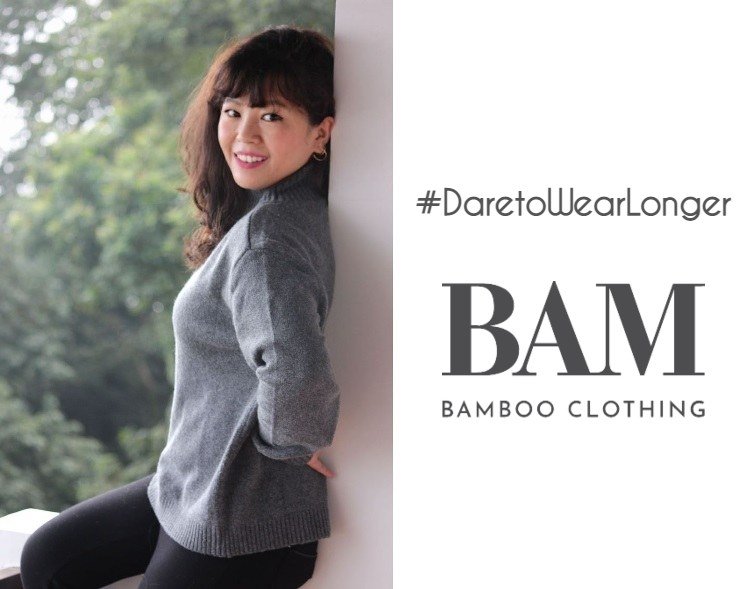Recommended Advice To Picking Bamboo Clothes
Wiki Article
What Are Some Advantages That Low Impact Fibres Hemp Clothing Offers For The Environment.
Clothing made of low-impact fiber hemp offers many environmental benefits compared to other materials for clothing. This includes clothing made with synthetic fibers or conventional cotton. Hemp clothing comes with a variety of environmental advantages. It is extremely fast growing and requires less water and pesticides. Hemp thrives in all climates. It also is able to adapt to soil varieties.
Hemp uses less water than cotton, which is famous for its heavy consumption. It makes hemp a green choice for clothing.
Hemp can be grown without synthetic pesticides, herbicides or any other chemical. This helps reduce the environmental impact of chemical agriculture.
Hemp cultivation can enhance soil quality because of its roots that are deep-rooted. This helps prevent erosion and compaction of soil. It also makes the soil more fertile for future plantations.
Biodegradability Hemp fibers are naturally degraded and can be biodegraded over time. Synthetic fibers, such as polyester, can take up to a few hundred years to degrade.
Lower Carbon Footprint Hemp fibers are made with a lower carbon footprint that synthetic materials. In addition, as it develops hemp is able to absorb carbon dioxide from the atmosphere by acting as a carbon sink.
Hemp clothing's durability and longevity is well-known. High-quality garments made from hemp will last for years. This means that you won't need to replace them as frequently and will reduce the amount of waste.
Hemp plants are naturally resistant to pests. This eliminates the requirement for pesticides.
Hemp is a versatile textile that can be used to make bags, clothing or other accessories.
Regenerative Agriculture - Some sustainable farming practices integrate hemp into the regenerative system that aims to improve and restore ecosystems, as well as produce crop. This approach may have positive impacts on the environment.
It is important to remember that although hemp has many environmental benefits, the total sustainability of clothing depends on other aspects, such as the process of dyeing, transport, and consumer behaviors. Like any other industry, there are differences in production methods and standards. It is essential to select certified organic or sustainable clothing for the greatest environmental benefits. See the top on front page about hemp clothing for more tips including patagonia double knee pants, patagonia double knee pants, hemp active wear, hemp textiles, patagonia work pants hemp, womens hemp clothing, hoodlamb coat, hemp shirts, hemp swimsuit, hemp shirts wholesale and more.

What Makes Hemp Clothing More Functional And Technically Superior To Conventional Fibres Compared To Other Fabrics?
Hemp clothing offers a variety of functional and technical advantages over conventional fibers while also being eco-friendly. Here are a few ways in which hemp clothing stands out as an eco-friendly and high-performance option for moisture wicking and breathability-
Hemp fibers draw moisture away from the body, which keeps you cool and dry in hot weather. They aid in wicking moisture away from your body. This will keep you dry and cool and minimize the risk of bacteria and odors.
Temperature Regulation
Hemp clothing is extremely thermoregulatory properties. It will keep you warm during cool temperatures by trapping body heat and assisting to keep cool in hot weather when heat and moisture can be released. The natural thermoregulation process can decrease the frequency of clothing changes.
Durability and long-term durability
Hemp fibers have earned a reputation for their durability. Hemp clothing tends to be more durable and resistant to wear and tear than some traditional fibers like cotton. The result is that hemp clothing can last for a longer time. It also means less need for frequent replacements.
UV Protection-
Hemp fibers protect the skin by blocking harmful UV rays. This is especially beneficial for outdoor sports and activities.
Biodegradability:
Hemp clothing degrades over time, so it will degrade when it is disposed of. This feature minimizes the environmental impact of waste textiles, unlike synthetic fibers that can persist in landfills for extended periods.
Low Environmental Impact
Hemp cultivation requires less synthetic pesticides as compared to cotton. It uses less of the precious resource water. This is a greener option. Organic hemp farming enhances the environmental benefits.
Carbon Sequestration
Hemp plants can capture carbon dioxide out of the atmosphere during their growth. In this way, hemp is able to be used as a carbon sink in order to aid in reducing greenhouse gas emissions.
The Sustainable Future and Crop Rotation
Hemp is a great crop that can be incorporated into rotations of crops. It enhances soil health and lowers the risk of developing diseases. This sustainable farming technique can help reduce environmental impacts.
Versatility:
To create fabric blends which are sustainable and high-performance hemp fibers can be blended with other fabrics such as organic cotton or recycled Polyester. This flexibility allows for the development of novel textile products.
Low Toxicity
Hemp is naturally low in toxics and doesn't require extensive processing with chemicals during manufacture, reducing the environmental impact.
It is important to keep in mind that while hemp does have many environmental benefits, including functional ones, its overall sustainability also is dependent on other factors like the dyeing process, transportation, and ethical work practices. For consumers to make sustainable choices they should look for clothing brands that focus on sustainability, transparent manufacturing, and ethical practices. Read the most popular her latest blog on hemp clothing for more tips including 100 hemp shirt, hemp cotton fabric, hemp pants, hemp clothing wholesale, hemp clothing for men, patagonia hemp overalls, mens hemp t shirts, hemp underwear, hemp tank top, jungmaven clothing and more.

What Are The Benefits Of Bamboo Clothing In Terms Of Environmental And Comfort?
Bamboo clothing is an excellent choice for comfort and the surroundings.
Softness Bamboo fabric is well-known for its exceptional softness. It has a soft velvety texture that is comfortable to wear. Many people find bamboo clothing to be soft and luxurious making it a preferred option for intimate clothing as well as loungewear and activewear.
Breathability Bamboo fibers breathe and wick away moisture. Air circulates through the tiny gaps, keeping you cool in the hottest temperatures. Moisture-wicking fabric helps remove sweat off your skin, and also reduce the feeling of dampness.
Bamboo clothing is ideal for thermoregulation. It can keep you warmer when temperatures drop by retaining heat close to the skin. Conversely, it can help keep you cool in hot weather by allowing excess moisture and heat to evaporate. The ability to adjust clothes to the temperature of the day allows it be worn all through the year.
Bamboo fabric is hypoallergenic. It is naturally hypoallergenic and gentle for sensitive skin. Bamboo fabric is less likely than other materials to cause allergic reactions or irritations making it a great option for those with sensitive skin or allergies.
Odor resistance- Bamboo fibers have natural antimicrobial qualities that can inhibit the growth of bacteria that cause odor. Bamboo clothing retains its freshness even when physically active.
Environment-
Sustainability- Bamboo is an eco-friendly and renewable resource. Bamboo is one the fastest-growing species of plant on the planet. It requires a minimum amount of water to grow and requires no pesticides. Bamboo is able to be harvested without injury to the plant because its roots regenerate.
Bamboo is water-efficient and has a low consumption. It can grow with little irrigation, and is typically planted with rainwater only. This minimizes the negative environmental impact of water consumption in agriculture.
Biodegradability Bamboo clothing decomposes naturally when it is removed. This property helps reduce the amount of non-biodegradable textiles that end in the garbage dumps.
Carbon Sequestration. Bamboo can be utilized to store CO2 during its rapid expansion. Bamboo farming can reduce greenhouse gas emissions and act as a carbon source.
Chemical Reduction The bamboo fabric is made with fewer chemical treatments than other types of textiles. This helps reduce the environmental impact of textile manufacturing.
Closed Loop Production A few bamboo fabrics are manufactured using closed loop systems that recycle and reuse chemicals and water, minimising production waste.
Be aware that the impact on the environment on bamboo clothing will vary based on whether or not it's manufactured using sustainable and properly managed bamboo forest. If you're hoping to get the greatest environmental benefits from bamboo clothes, make sure you choose eco-friendly and ethical production practices. Read the most popular bamboo clothing url for site info including preemie bamboo pajamas, jacket bamboo, sustainable bamboo clothing, bamboo cotton t shirts, bamboo yoga leggings, halloween bamboo pajamas, faceplant pajamas, rayon from bamboo fabric, bamboo shorts, bamboo athletic wear and more.
